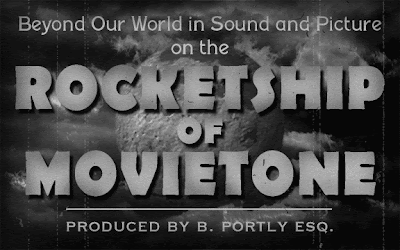Weird Adventures presents the City and it’s world in the year 5888, an era of automobiles, machine guns, and jazz. Of course, that’s not the only age when there’s adventure to be had:
About thirty-five years in the future, the City is again seeing hard times. A grinding war continues with Red Lemuria. Political scandal and public corruption has eroded trust in institutions. The aging subway trains are covered with graffiti. Solace is full of abandoned buildings, crime, drugs, and poverty. The Circus, once the brightly lit crossroads of the world, is now the home of sleazy grindhouses and a haven for pimps, hookers, and drug pushers.
The reputation of thaumaturgy has suffered just like other traditional institutions. Murderous gurus, scandals involving sex rituals, and scam artists have led to the thaumaturgic arts being viewed unsavory and dangerous by the masses, and old-fashion and hokey by the counter-culture.
There are still adventurers, though--and more than ever they're quasi-outlaws sticking it to the Fat Cats and the Establishment. Most of the dungeons have been cleaned out, but there are plenty of treasures in the hands of the wealthy. And there are always monsters--just now some of them sit in positions of power.
Foes: thrill-kill cult gurus, street gangs, the decadent wealthy with secrets to hide, corrupt cops and politicians, the Hell Syndicate.
Media Inspirations: Film/TV: Fear and Loathing in Las Vegas, Enter the Dragon, Kolchak: the Night-Stalker, Shaft, Sugar Hill (1974), To The Devil...A Daughter, The Warriors, Vanishing Point; Books: the works of Dennis Wheatley and Stephen King, the Doctor Orient novels, the Destroyer novels, exploitive seventies nonfiction about witches and the occult; Comic Books: Night Force, Swamp Thing, Vampire Tales and any of Marvel’s other black and white magazines; Music: Jimmy Page’s unused soundtrack for the film Lucifer Rising. The Shaft and Truck Turner soundtracks by Isaac Hayes, Superfly soundtrack by Curtis Mayfield; any of Goblin’s music from Argento’s films.
1 hour ago












.jpg)













crop.jpg)





























